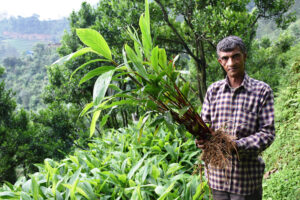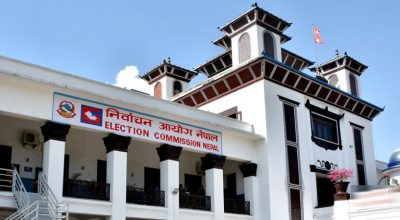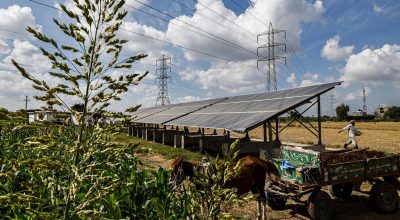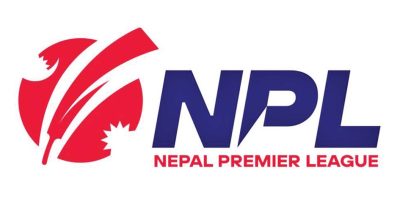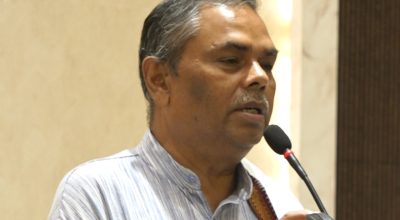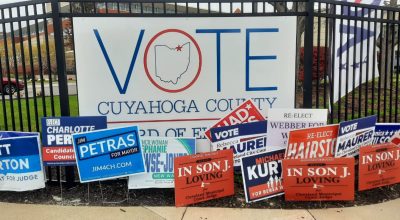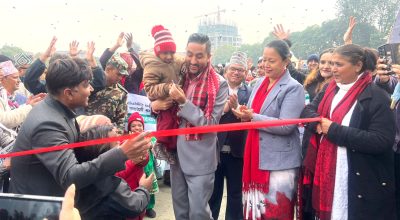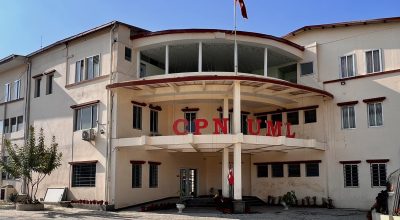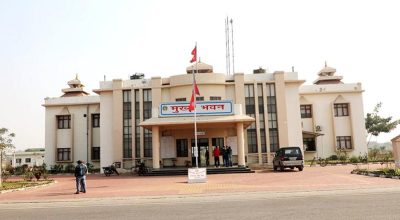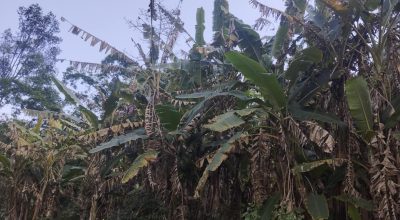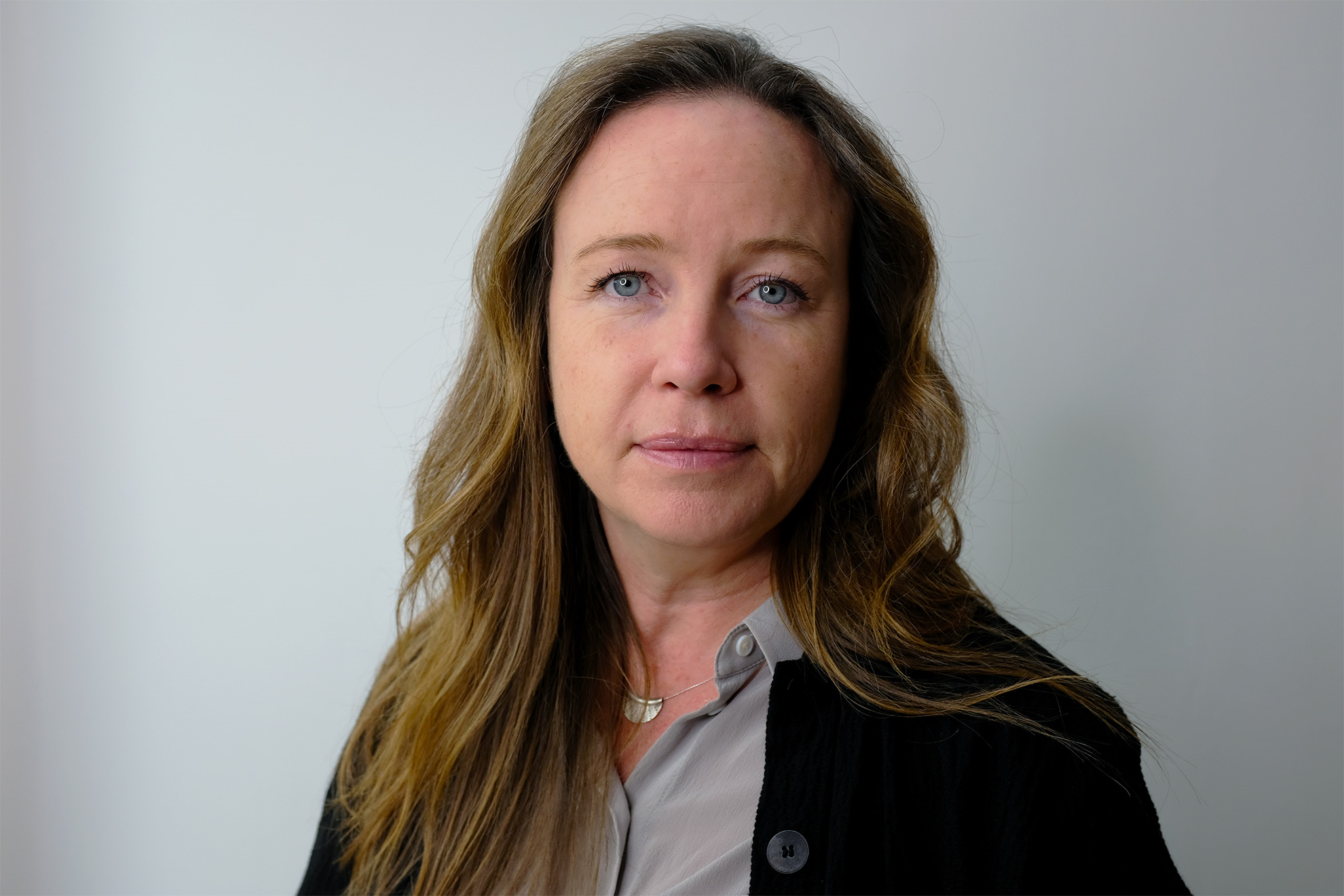
NEW YORK – We are at the halfway point for implementing the Sustainable Development Goals (from 2015 to 2030), but we are not halfway to achieving them. In fact, in many critical areas – from poverty to food security – progress has been reversed in recent years, owing to severe and compounding crises. In this difficult environment, governments worldwide must urgently recommit to the SDGs, including their underlying promise to leave no one behind.
The challenge is formidable. Consider SDG1, which aims to eliminate poverty in all its forms. According to the World Bank’s Partnership for Economic Inclusion, government-led poverty-alleviation programs surged in 2021. But to reach those furthest behind, such programs must recognize and account for the web of overlapping constraints that effectively “trap” people in poverty.
As the global Multidimensional Poverty Index highlights, poverty encompasses deprivation and exclusion in multiple areas, such as nutrition, sanitation, health care, and education. Factors like gender, disability, and displacement also play an important role in keeping people in poverty. Recent research, based on experience in rural Bangladesh, shows that below a certain income/asset threshold, households’ ability to access resources that could increase their income is severely limited. It also shows that large transfers of resources and/or support that create better jobs for the poor are an effective means of enabling people to escape the poverty trap over the long term.
An understanding of the various constraints and barriers that people in extreme poverty face within each unique context is thus vital to enable governments to devise and target optimal interventions.
This is easier said than done. People facing extreme poverty often live in isolation and thus may not be included in social registries or identified via other government mechanisms for determining eligibility for and ensuring enrollment in support programs. They may lack adequate documentation or even the basic knowledge or ability to claim benefits (owing to factors such as limited mobility or literacy). As a result, the people who need the most help often end up either excluded from government programs altogether, or unable to access benefits for which they qualify. A June 2020 report found that 79% of the poorest quintile of the population in low-income countries receive no social assistance.
But there are steps governments can take to improve program targeting and reach. For starters, they can make greater use of registries linked to existing poverty-focused programs. Tunisia’s government is already doing this. Using registries from its national cash-transfer program, the authorities identify households at the intersection of climate and socioeconomic vulnerability. Factors like monthly income, productive labor capacity, access to water, and land degradation are considered, as is whether the household is headed by a woman.
Combining information from other government registries or databases with existing social registries can also be effective. Colombia’s government combined data in the Unified Registry of Victims with a social registry used for an existing cash-transfer program to identify victims of conflict who were already receiving cash transfers. The government was then able to urge the recipients to invest the transfers in ways that boosted well-being and resilience.
The information in social registries can also be verified, updated, and enhanced through household surveys or local “vulnerability assessments,” which can help to identify the specific set of risks and deprivations faced by particular groups of people living in extreme poverty. Governments can also expand social registries, using mechanisms such as participatory community consultations that identify households that are unregistered or misrepresented in official databases.
In the Indian state of Bihar, Satat Jeevikoparjan Yojana (SJY) is a program focused on boosting “the human capital of the poorest and most excluded households through support of consumption and livelihoods, savings, and training.” The complex and time-consuming targeting method used during the pilot period was streamlined significantly to enable the program to be scaled up. The simplified approach – including transect walks and wealth-mapping based on input from village organizations – proved highly effective. To date, SJY has reached more than 136,000 households living in extreme poverty across all 38 of Bihar’s districts.
Kenya’s Social and Economic Inclusion Project – another multidimensional initiative – promotes the delivery of essential services to the poor and vulnerable. To facilitate this effort, Kenya’s government worked to enhance the existing social registry by adding readily available data on marginalized people living in poverty. Kenya’s government also incorporated a participant-targeting tool, designed and maintained by partners, that collects information related to multidimensional poverty, including housing conditions, water and sanitation, energy access, productive assets, food security, and access to social programs.
Targeting does not end with registration, selection, and enrollment; it is most effective when viewed as an ongoing process, with regular assessments and feedback systems built into every program to support the continual updating, enhancement, and integration of registries, which in turn will facilitate better targeting. At the same time, governments and their partners can ensure that all participants in poverty-alleviation programs are also connected to other public services and systems.
Reaching those who are the furthest behind will never be easy. But if governments make the most of existing data and systems, carry out multidimensional local assessments, and continuously strive to improve targeting methods, progress is possible. And if we are going to achieve the SDGs, it is essential.
Claire Hutchings is Director of Monitoring, Evidence, and Learning at the BRAC Ultra-Poor Graduation Initiative.
Copyright: Project Syndicate, 2023.
www.project-syndicate.org





